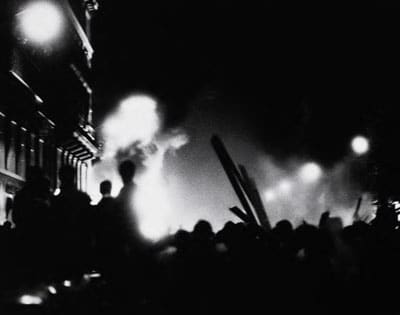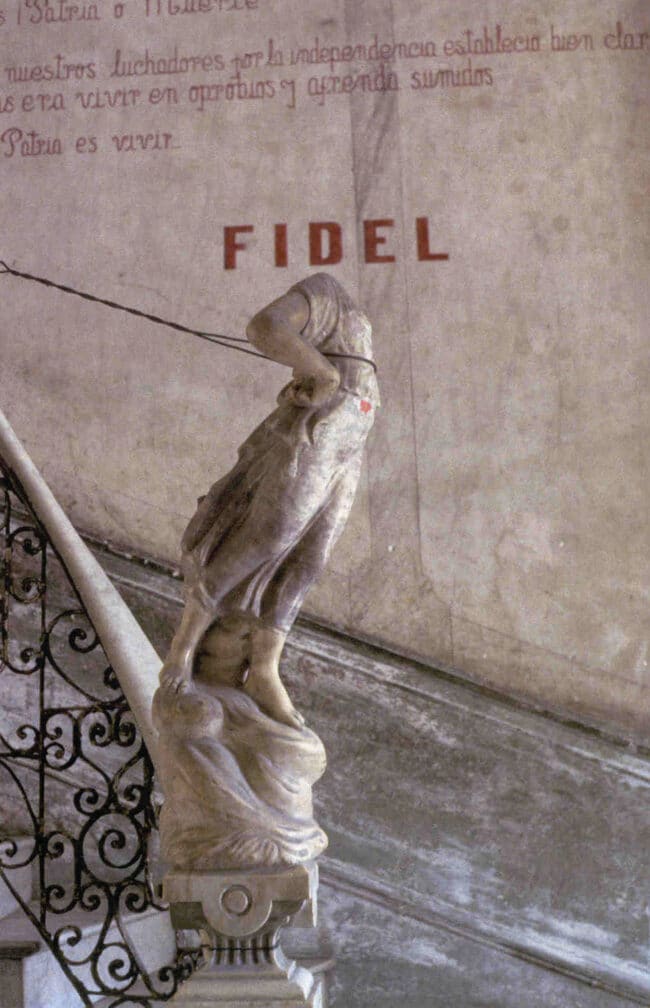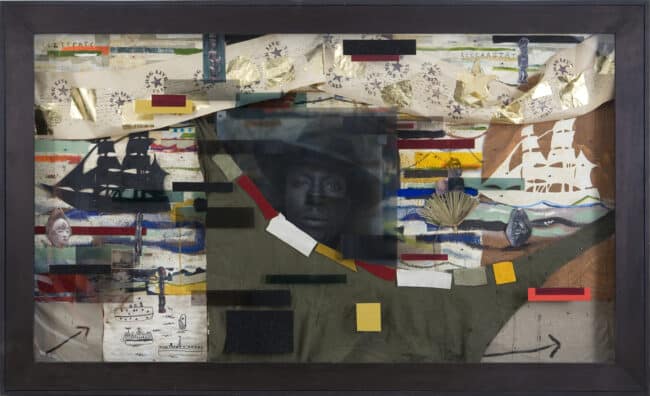Artists in this exhibition contest history and the definition of art itself. They push boundaries and claim new terrain, testing the parameters of aesthetic experience while creating new models of visual meaning. Resisting the idea of aesthetic purity, they deny the separation between the realm of the artwork and the realm of the political. This exhibition traces this tendency beyond Europe and the United States in the West to include artists from Africa, Latin America and China. The body of work created by these artists extends from the 1950s to the present.
Revolution and resistance emerge from desire and refusal. For many it is the desire for better new world with equality and peace. In the domain of aesthetics, we see a desire to break established boundaries in order to open up new terrain. Over the last sixty years, artists have gradually eroded distinctions between the artist and the viewer, the artist and the art writer, art practice in the studio and in the street. Barriers fall as disciplines crossover and media are mixed.
Early artists in the thematic groups “Rationalists and Mystics” and “Imaginary States” contest the romantic nature of the Abstract Expressionism of the 1950s. They rejected its emphasis on the artist’s personal expression, originality, emotion and subjectivity. In part they embraced the impersonal and strict geometry of Minimalism championing an art based on systems, seriality, grids, materiality, and a black and white pallet. Some artists rebelled against the austere and anonymous formality of minimalism, extending it to include more expressive work with color and natural materials.
Later artists in the exhibition focus on conflict, cultures and border crossings. They challenge the limits of documentary, conceptual and socially concerned art. In “The Power of Peace,” artist Robert Rauschenberg broke national and diplomatic boundaries to share aesthetic strategies. In the installation, “Art of Resistance,” two artists defy the cultural and political restraints imposed by the authoritarian countries of China and Cuba with the use fiction and humor to unsettle and question the representation of history and politics. Street protests are portrayed by images of uprisings of 1968 in the US and France and Muslim protests in London. Lastly, artist Alfredo Jaar questions the ethical dimensions of media and documentary practice during war.
“Memory and Post Colony” speaks to the imperialist past in Africa, focusing on displacement, discrimination and repression. These artists remind us that the past continues to live in the present, expressed in a ghostly form of neocolonialism. In the call for historical reckoning, artists variously refuse, resist or recode conventions of the past for their own purposes. At the same time these artists shine light on a better future This particular installation demonstrates the diversity and richness of this defiant art work delivered to us in multi-media including sculpture, photography, drawing, film, music, dance.



